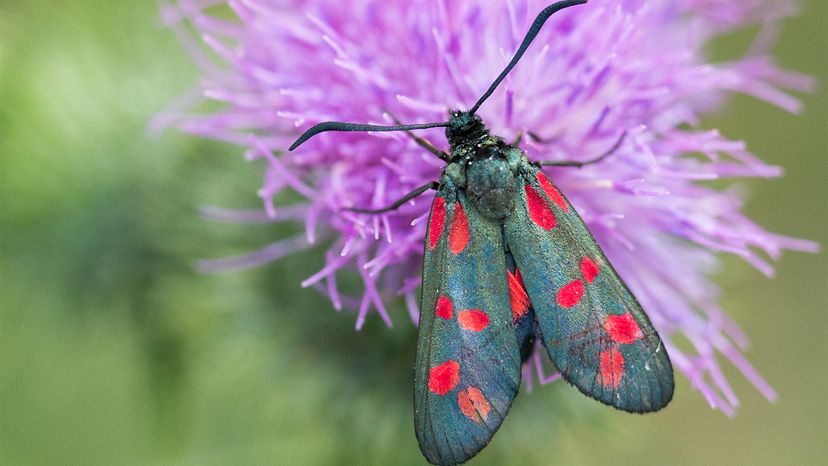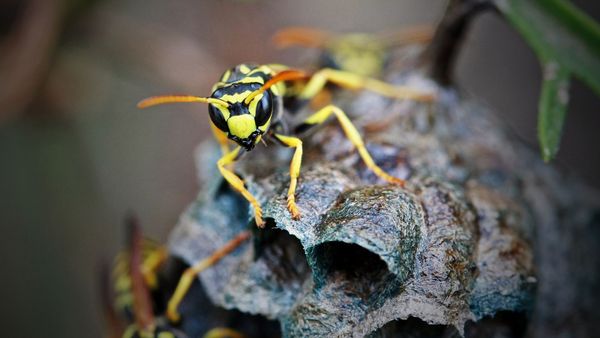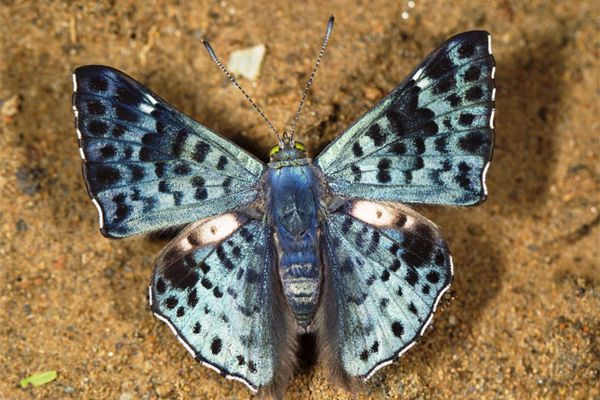
Bees are not doing well — since the mid-2000s, Colony Collapse Disorder (CCD) has been taking out the world's most famous agricultural plant pollinator, all over the world. Bees pollinate one-third of the plants we eat, from oranges to almonds (a $168 billion service, by the way) and their rapid disappearance is worrying farmers worldwide.
But what if there's a secret army of pollinators sneaking around the plants we rely on most? Well, that would be very good news for our food security. A study published May 13, 2020 in the journal Biology Letters has found that moths play a much bigger part in pollinating plants than anybody imagined — possibly visiting a bigger variety of plant species than bees, but doing it under the cover of darkness.
Advertisement

